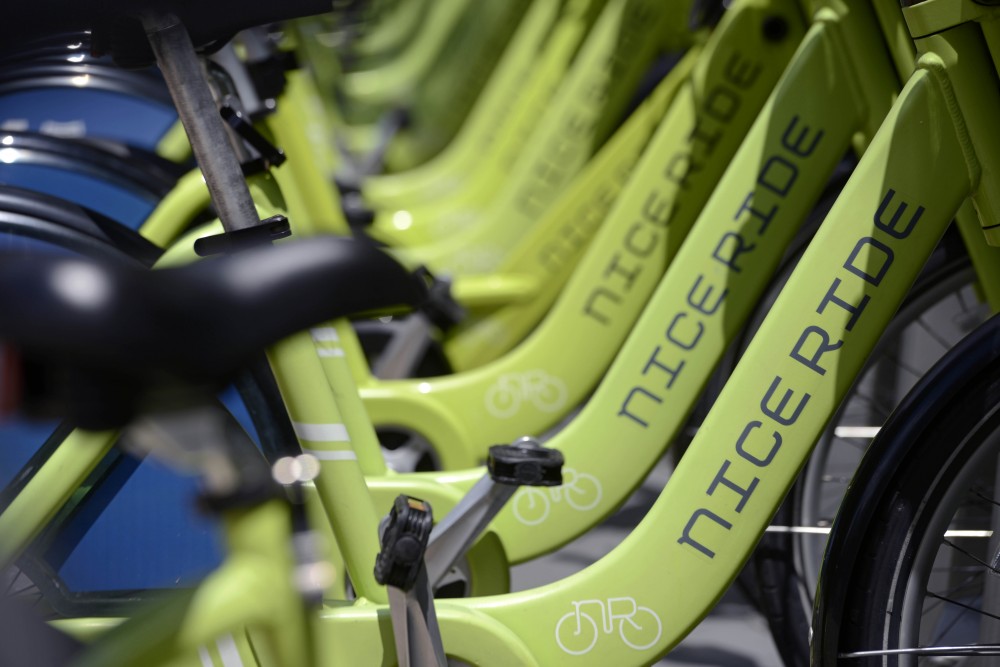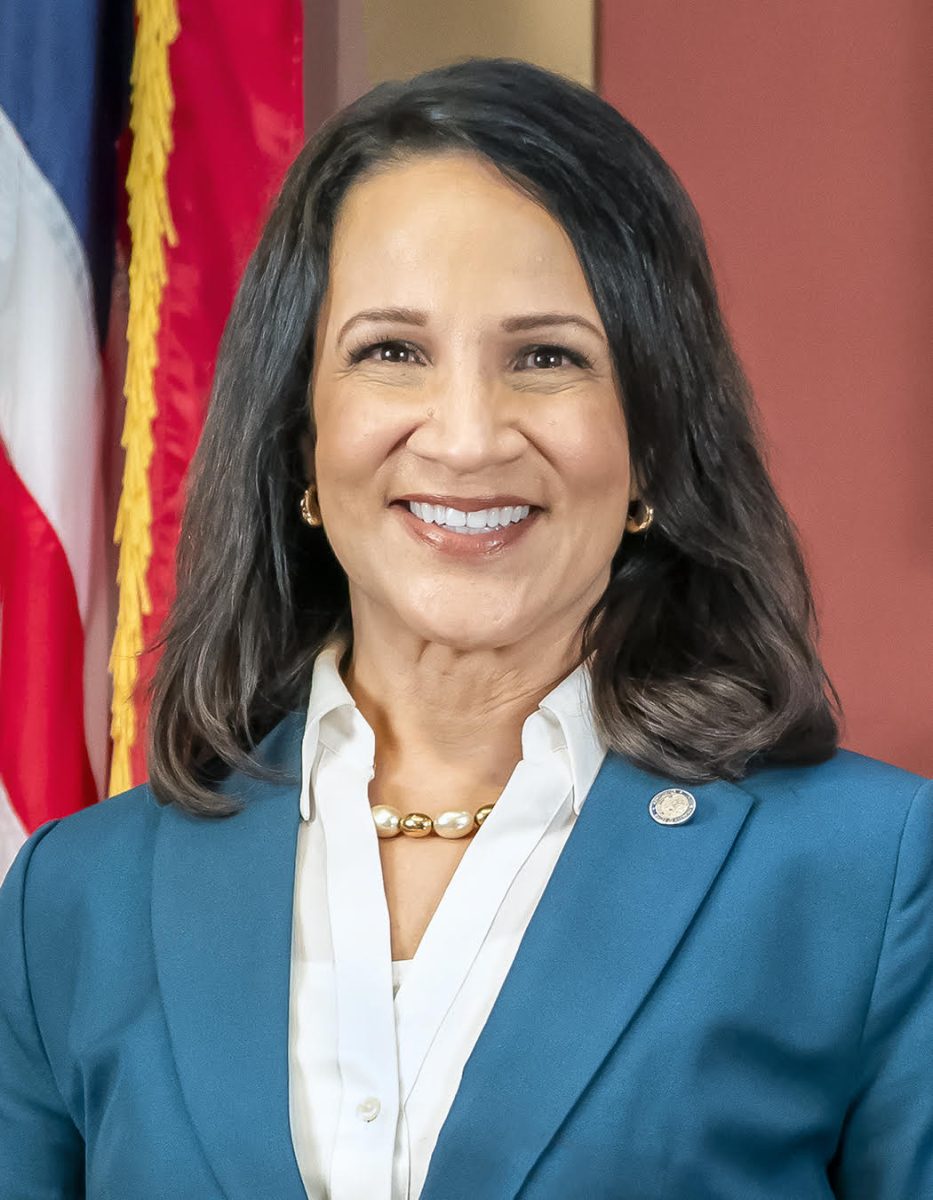A new system of bike sharing could allow Minneapolis residents to use shared bicycles without dropping them off at sparsely located designated docks.
The City of Minneapolis will likely implement a dockless bike-sharing model on May 1 if a proposed ordinance gains support from the Minneapolis City Council. While traditional bike sharing methods cost around $50,000 to create, the cost-efficiency of dockless stations can allow for a wider bike-sharing initiative.
“The zones will be very widespread, so in a lot of neighborhoods it will feel like you can drop your bike almost anywhere,” Ward 3 Minneapolis City Council member Steve Fletcher said. The Minneapolis City Council will vote on the dockless bike-sharing ordinance on Friday.
Around 1,500 dockless bikes will be added to an already-existing fleet of 1,850 docked bikes for the pilot program, Bill Dossett, executive director of Nice Ride Minnesota, said. The dockless bike-sharing model is privately funded.
In other cities that have implemented dockless models, more people have gained access to bikes and have become familiar with bike-sharing. But the dockless bike-sharing model has had some challenges.
Bikes are being illegally parked in places, often ending up in the middle of sidewalks or tipped over in non-designated spaces, Dossett said. Dockless bikes are supposed to be placed near “virtual” stations that use GPS technology.
The City of Minneapolis dockless bike-sharing proposal would implement GPS-based technology. The GPS sites for dockless bike-sharing will be designated with signs, paint and posts, Dossett said.
These dockless systems will rely on multiple forms of GPS transmissions, he said. There will be receivers in the bike locks and at the point where the virtual station is located.
“Really we’re mostly relying on your phone, so we know where you are when you close or open your rental,” Dossett said.
Community engagement is another element of having the dockless bike-sharing model succeed, he said. To install dockless stations around the city in a timely manner, the public needs to be involved.
“We need business owners to want one of these virtual stations and apply for these in a way that’s pretty streamlined,” Dossett said.
Neighborhoods around the University of Minnesota will likely benefit from this new model, according to Dossett. He said Nice Ride is working with the University to add virtual stations on campus.
“With the University, they are really interested in getting people to park in the areas they’ve already created for bike parking,” he said.
The aim of the ordinance is to define bike-sharing, establish a means to regulate it and update the existing policies, according to the City’s On Street Parking Systems Manager Josh Johnson.
“Dockless bike-sharing has come to prominence and has the potential to be so disruptive, both good and bad, [so] there was a need recognized for all of that to come together,” Johnson said.








